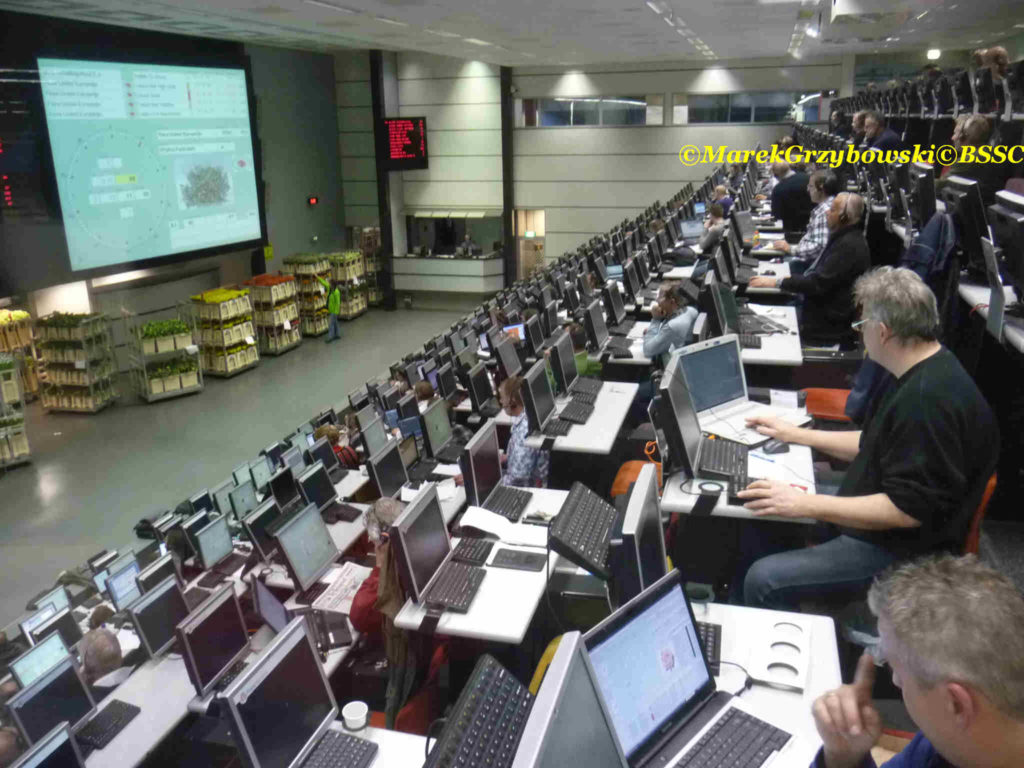Leaders must learn from the pandemic now to position their companies to thrive in the next crisis.
We are in the middle of a historic rupture in the economic fabric of our society. The COVID-19 pandemic has already had a pervasive impact on the United States, and economic and financial market experts are hotly debating how quickly the economy will recover once we get “on the other side” of the contagion and the enormous pressures it has placed on our health care system. Although it is too early to estimate the exact economic impact, it is likely that full recovery of economic activity, including GDP growth, jobs, and unemployment, will take at least a year, and likely much longer.
One group of economic commentators, including the president, argue that once we get to the point of health care stabilization, the economy will take off very rapidly, and we will be able to quickly recover the lost economic activity and growth rates.

But individuals and organizations must keep in mind that this view, as optimistic as it seems in the short term, is a potentially dangerous one when it comes to long-term planning, for four reasons. The first is that it overlooks the negative impacts on consumer sentiment and spending, which are likely to persist for many months, if not years. Second, the recent trend of governments trying to tilt the scales of the gig economy more toward worker rights is likely to continue in the coming months and years. Third, large segments of the economy are likely to be permanently disrupted as a result of the coronavirus’s impact on the travel, retail, and entertainment industries, among many others, requiring capital and labor to shift into new areas of economic activity on a massive scale. Finally, the industries that survive the downturn, including those that are vital to our economic system, will face a long period of adjustment to working and interacting virtually rather than face to face. In addition, industries and companies will have to prepare for future pandemics by building redundancies into their operations and supply chains — initiatives that will take years to develop and optimize.
Consumer Sentiment: Spending and Savings
It has been less than four months since the COVID-19 pandemic started in China, and only weeks since the virus began spreading rapidly in other countries across the globe. Although this has occurred in a much more compressed time frame than other historic events that have become major economic reference points, it’s likely that we will see changes in consumer spending and behaviors similar to those that resulted from the Great Depression of the 1930s and the Great Recession of the late 2000s.
Why? Currently, entire economies in the United States and Western Europe have already ground to a complete halt in ways that no one ever saw coming, especially government and corporate leaders. Epidemiologists had been warning about the risks of a pandemic, and there is certainly much more that could have been done to better prepare our health care systems, but no one anticipated this scale and breadth of economic disruption globally. What we see now is that both governments and businesses need to prepare for future pandemics like they never have before. The question now is not whether there will be another global pandemic; it’s whether the next one will be as severe as, less severe than, or — heaven forbid — even more severe than COVID-19. To properly prepare for the next pandemic, we need to better understand the impacts that are happening and likely to result from COVID-19.
Even before this crisis, there were a number of troubling trends in the labor, housing, and financial markets that had decreased economic security. The explosion in gig, temporary, and independent contracting work has created myriad opportunities for people to work in ways never before possible — but at the cost of job and income stability. That instability has been growing steadily over time as companies have perfected the substitution of employment on demand for regular, full-time hires. Additional instability has been introduced by companies adopting labor-on-demand models for shift work. Under these models, employees of businesses susceptible to rapid fluctuations in demand and activity — such as retailers, restaurants, call centers, and distribution centers — are given very little advance notice about when they need to show up for work.
Add in rising housing costs and growing levels of consumer debt, and a clear picture emerges: Most Americans were economically on the edge well before COVID-19. Now the virus has the potential to be the straw that breaks the camel’s back. At best, I expect it will take a full year for COVID-19’s negative impacts on consumer behavior to fully fade — contrary to the rapid recovery that some have argued is inevitable. This puts me in the camp of the more pessimistic, but with each passing day, that unfortunate scenario is becoming more likely.
More: https://sloanreview.mit.edu/
Author: Alec Levenson (@alec_levenson) is senior research scientist at the USC Marshall Center for Effective Organizations. His research and consulting work optimizes organizational performance through work design, analytics, and strategic talent management.